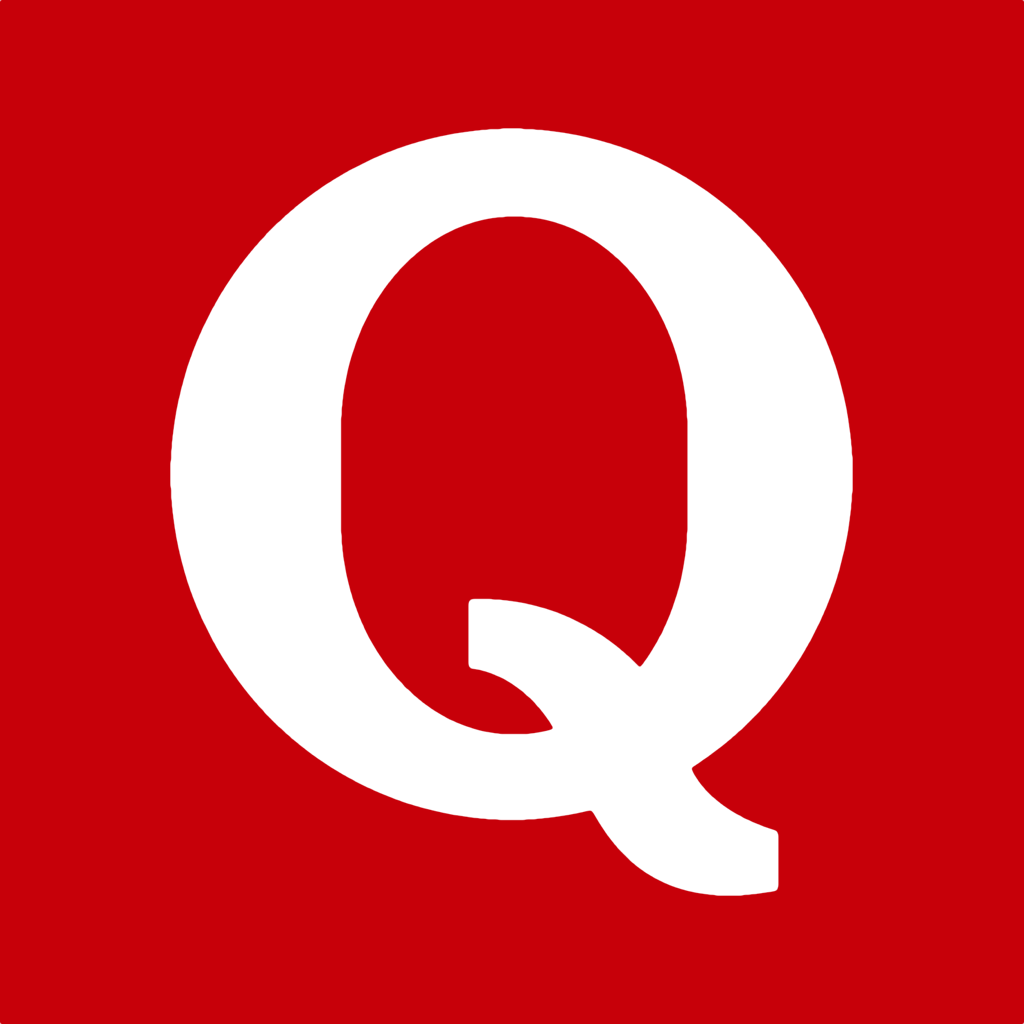|
SEARCH My Blog (Opens in new tab)
As good - if not better - than cardio
From what I see around me, it seems that the older we get the more we become wary of strength training. We start to believe that it will do us more harm than good, or that we will injure ourselves.
That’s not the case. You don’t have to start with heavy weights to do strength training. I’ve been strength training for the last twenty years. I will be 72 this year. I’ve learnt a lot about what to do, what not to do, what is sustainable and how to get the best value for your effort. My four principles below will give you a great head start to building fit-for-purpose strength. A strength which is fit for living longer better — intended for men and women 50 and over. This is my experience in the broad topic of “strength training” (as compared to weightlifting or powerlifting which as are specific forms of strength training) which has served me well. It’s not about getting ripped or hitting the last 3%
Although you cannot reach the ultimate strength outcomes without heavy weights e.g. in deadlifts and cleans — you can still achieve enormous benefits by just doing bodyweight exercises, for example.
Remember this — your goal is not to achieve the last 3% of your ultimate muscle strength or size, nor to become ripped. Yet that what 95% of the articles you read and instructions you get are intended to serve. If you could just get to be half as strong as when you were 35, and maintain that strength into your late 70s, that would be a huge help in living longer better. This is the objective of my training philosophy and methods — the approach I’ve taken over the last 20 years.
Why strength training?
“Strength training often gets overlooked for its importance in improving cardiovascular health, but it can be a valuable addition in reducing the risk of heart disease,” says Dr. Timothy Miller, a sports medicine physician at Ohio State University's Wexner Medical Center. In fact, research suggests that when it comes to improving certain markers of heart health, strength training is just good – if not better – than cardio. Bodyweight plus Functional plus Weightlifting plus Body Awareness This is my experience in the broad topic of "strength training" (as compared to weightlifting or powerlifting which as are specific forms of strength training) which has served me well. I combine bodyweight exercises, dynamic strength functional exercises (kettlebells) and free-standing machine exercises, and a small range of weightlifting each week. In all these it is important to start with what you can manage and most importantly to get advice about the correct form and posture for everything that you are doing. Learn to move in ways which reinforce your strength, not extend your weaknesses My must fundamental learning is to do all movements in the way which reinforces your strong body - not in a way which creates weaknesses. This will take time for you to learn, and that's why you should start at a level well within your limits and why you should also seek professional advice on form and technique which is suitable for you - disclaimer. Over time you will progressively develop your mind-body awareness which will assist you in many important ways. The relevant application of this awareness here is in enabling your awareness of what is reinforcing your strong body and what is potentially developing your weaknesses. Beyond always being aware of holding the correct posture there are four other key principals I have learnt:
Variety is also key in order to continually stay ahead of the remarkable ability of your body to adapt. As soon as your body catches up with your routine and adapts then you are into the what I call the Detraining Zone. 1. Starting with the hardest version This relates in particular to bodyweight exercises such as push-ups and pull-ups and lunges and even planks and burpees, but also squats and deadlifts for example. You get far more benefit from one "proper" pushup off your toes than 20 soft push-ups off your knees while you are chatting to your exercise friend. For example, "proper" push-ups means holding your back long and strong, a full range of movement and the hips never touching the floor, and the other things you'll find with a quick search [videos]. When you can't sustain any more hard versions of an exercise only then drop back to the easier version, maintaining proper form for the easier version. If you always start with the easier version you will never get to the hard version and the real benefits for the time that you are putting in. I include in this section not using the machines - that's not starting with the easiest version but it is also starting with the wrong version, but that's another whole blog post! If you want to avoid becoming dysfunctional and increasing the risk of loss of balance and joint injury then stay right away from all the gym machines (cable-machines excepted). 2. Full range of movement. Even if you are doing the "hardest" version it is not really the hardest version unless you are doing the full range of movement. For a pushup this means touching the ground with your chin or chest on each repetition - otherwise it isn't a repetition. Almost universally at the the gym I see the 50+ men doing what I call "dying chicken twitch" pushups which barely get a bend in their elbows. Doing 50% of the full range gets you 20% of the benefits. Do one full range and work up to doing more proper repetitions, not 20 twitches! Same goes for all other exercises - within the scope of your flexibility and pains. 3. Short rests to build stamina For my heaviest weightlifting I do one set of 6 repetitions for each exercise - either slowly or with explosive power. That usually works out to be about 40 seconds under load, which is a kind of magic number for building muscle strength. (Warning: Don’t try to overload your muscles with single sets unless you are well-conditioned or at least well-supervised.) For this type of system I don’t need to rest between sets as it takes longer to change the weights than a "rest". If I did rest my rest time is 20 seconds. With other strength exercises I rest only between 15 and 90 seconds, using the progression of shorter rests as a stamina-building technique. The myth that you need 2 or 3 minutes rest is a myth for 99% of the over-50 gym population because:
This provides more than just "cardiovascular" and "endurance" benefits as is often quoted - it provides the basis of building stamina and stamina is what is most often absent in people's exercise programs. 4. Rest and recovery Yes, muscles need time to replenish their energy supply and to make training adaptations. This is more so as you get older. You only need heavy lifting once or twice a week, and as mentioned above I only do 8 repetitions of each exercise taking less than 20 minutes each time. In total not more than 3 or 4 gym visits a week including your interval training. I do some form of bodyweight exercises every visit, and I never do "split training" e.g. "legs day", "chest day" - leave that, and the gym machines, for the kids. And get 7 to 8 hours sleep. Aim to get as many long breaks between sessions as you can fit in e.g. if you are going 3 times weekly then you can get at least three 2 day rest and recovery breaks. That doesn't mean do nothing in the breaks - go for a fast walk, run, ride your bike or go for a swim. The good news is that you can stop the long periods spent on cardio and obtain far better training benefits by incorporating strength training into your health and fitness program. Latest: get your free customised fitness plan designed uniquely for you.
|
ChoicesSince I was diagnosed at 50 with Type 2 diabetes I've been learning how to do bone-building fitness training which lowers my age. You can too. It's your choice. Walter Categories
All
Archives
May 2023
|

 RSS Feed
RSS Feed



